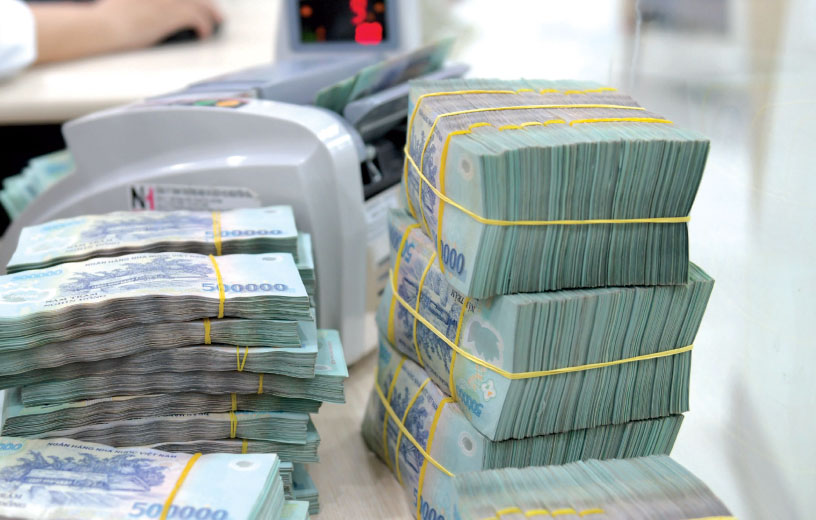HCMC – The State Bank of Vietnam has required banks to maintain a minimum capital adequacy ratio (CAR) of 8% starting September 15 under Circular 14/2025/TT-NHNN.
The new rule applies to both commercial banks and foreign bank branches.
The circular also sets a minimum Tier 1 core capital ratio of 4.5% and a Tier 1 capital ratio of 6%. For banks with subsidiaries, consolidated capital requirements must be met in addition to individual ratios.
For banks with subsidiaries, in addition to individual requirements, the consolidated ratio must also be met.
A key change in Circular 14 is the introduction of the capital conservation buffer (CCB) and the countercyclical capital buffer (CCyB).
Under the implementation roadmap, the CCB ratio will gradually increase from 0.625% in the first year to 2.5% by the fourth year, thereby raising the consolidated CAR (including CCB) from 8.625% to 10.5%.
Accordingly, the Tier 1 core capital ratio (including CCB) will rise from 5.125% to 7%, and the Tier 1 capital ratio from 6.625% to 8.5% after four years.
Another notable provision is that banks may only distribute cash dividends once they fully meet the new capital requirements. This forces lenders to prioritize strengthening their capital base before paying out profits to shareholders.
To comply, many banks have recently taken steps to raise charter capital by issuing shares, retaining earnings, or issuing debt instruments to supplement Tier 2 capital.
Second-quarter 2025 financial data from 29 banks showed that by the end of June, the total charter capital of the banking system had reached nearly VND879.4 trillion, up 6.6% from the end of 2024.
The five largest banks – Vietcombank, VPBank, Techcombank, BIDV, and MB – accounted for 41% of this total.









